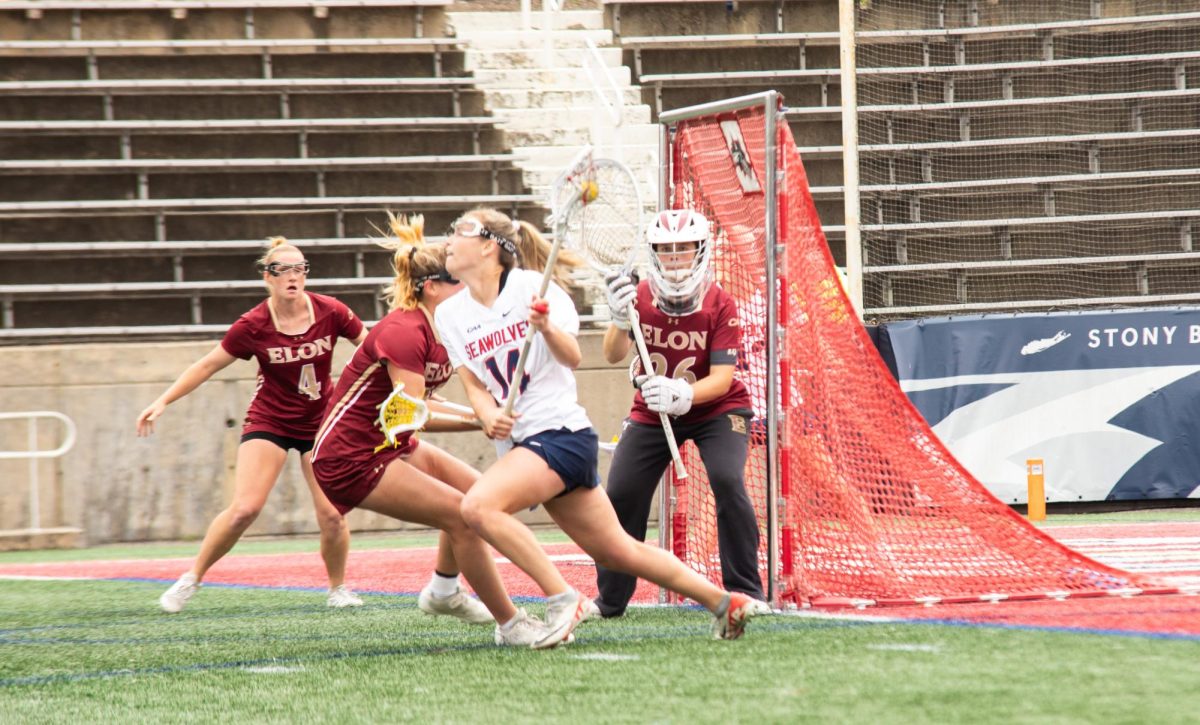
In the world of orchestra, no role is more crucial than the conductor. Under their leadership, instruments no longer clash but collaborate to transform the inked notes on the music sheet into moving performances. However, a recent study found that women are still underrepresented within this prominent position.
According to the League of American Orchestras’ 2023 Statistical Report that was tested across 151 adult orchestras, although there has been a significant growth of women conductors in the last 10 years, less than 25% of conductors are women.
As The New York Times points out, there are also no female conductors across the United States’ top 25 largest ensembles.
In 2007, Marin Alsop became the first woman to conduct one of the U.S.’s top ensembles in her role as music director of the Baltimore Symphony Orchestra. But after her tenure ended in 2021, no women have served as conductors of top ensembles since.
Optimistic yet hesitant, Alsop told The New York Times her thoughts on the future of racial and gender inclusivity in orchestras, occurring as a result of today’s progressive culture.
“‘I hope that we’re past the tipping point,’ she said. ‘It feels that way. But I’ve been naïve in believing that before.’”
Dr. Judith Lochhead, a professor in the Department of Music in the College of Arts and Sciences, elaborated on the extensive history of gender bias within the music industry.
“Gender bias in music performance, creation, and music studies is a centuries-old phenomenon,” Lochhead said to The Statesman “There have been significant efforts to counter the biases since the time of Second Wave Feminism in the United States and Europe. There are a number of erroneous beliefs that have contributed to gender biases: women are not capable of creative practices; in performance, women in performing organizations would undermine ensemble cohesiveness; women are too emotional; etc.”
Lochhead emphasized the vital role of feminism in overcoming gender biases.
“These biases will be overcome as more feminist-inspired individuals (not just people who identify as female) work toward engaging women as creators/performers. It may also just take time for older generations with misogynist beliefs to fade away from positions of power.”
She went on to explain why women and people of color (POC) are especially underrepresented in the field of conductors.
“Conductors, like political leaders, are often valued for a perceived sense of authority and concepts of genius. Women and POCs are often not viewed as possessing those qualities of authority and genius.”
However, Lochhead acknowledged how there has been some headway in recent years.
“The situation with conductors of major orchestras in the classical music world is notable, but there are changes happening now. We are already starting to see some cracks in the ‘glass ceiling’ for conductors who are women and POCs. It will take some time, but there is progress,” she said. “There are subtle and positive changes occuring now and I expect that in 10-20 years, we’ll see some substantive changes in demographics. [But,] it is important to keep accumulating demographic data since we can’t know if the biases are being eradicated if we don’t know the data.”
Dr. Susan Deaver, the conductor and music director of the University Orchestra at Stony Brook, spoke about her experience as a conductor and her thoughts on gender bias in the orchestra.
Deaver expressed that, contrary to what the recent study revealed, she did not experience gender bias in her years as a conductor but noted there was stronger bias against women in past decades — citing the New York Philharmonic, a leading American Orchestra, as an example.
When the New York Philharmonic first moved to the Lincoln Center in 1962, it had no dressing rooms for women because there were no women in the orchestra. Now, female musicians make up more than half of the New York Philharmonic.
Similarly, when Deaver had become a conductor in the 1980s, the orchestra scene had employed more women conductors by then. “It’s not so male dominated,” Deaver said.
Deaver described the decisiveness that comes with being a conductor.
“A very truthful profession,” she said. “You can either fly the plane or not fly the plane, if you’re not clear with conducting, because it’s a real collaboration.”
When asked about her experience with the University Orchestra, Deaver spoke about her admiration of the students. “The students. They’re so interesting. I’m really proud of the University Orchestra.”
Gender bias is also seen to affect salary disparities among men and women.
According to The Washington Post’s study on over 21 of the largest orchestras in the U.S., on average, top-paid male musicians are paid significantly more than top-paid female musicians.
Subjective factors, such as gender stereotypes, make it difficult for female musicians to maneuver conversations around their salaries. But the underrepresentation within titled slots supports the claim that gender plays a factor in salary, as these positions are paid the most.
Despite female musicians encompassing 40% of the top orchestras in the U.S., male musicians make up 79% of the titled slots.
Although the use of blind auditions has helped increase the number of female musicians in orchestra, the majority of orchestras take away the screen during the final audition.
Gary Ginstling, executive director of the National Symphony Orchestra in Washington, tells The Washington Post, “‘If it’s for a principal position, we’ll have them play with the whole section.’”
Though the presence of gender bias in orchestras has weakened in recent years, it continues to be prevalent within the industry, particularly undermining female leadership roles.











